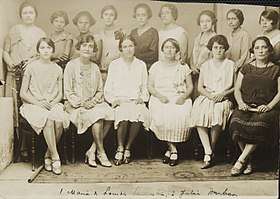Timeline of women's suffrage
Women's suffrage – the right of women to vote – has been achieved at various times in countries throughout the world. In many nations, women's suffrage was granted before universal suffrage, so women and men from certain classes or races were still unable to vote. Some countries granted suffrage to both sexes at the same time. This timeline lists years when women's suffrage was enacted. Some countries are listed more than once, as the right was extended to more women according to age, land ownership, etc. In many cases, the first voting took place in a subsequent year.

.jpg)
Some women in the Isle of Man (geographically part of the British Isles but not part of the United Kingdom) gained the right to vote in 1881.[1]
New Zealand was the first self-governing country in the world in which all white women had the right to vote in, but not to stand for, parliamentary elections in 1893.
The colony of South Australia allowed women of European descent to vote and stand for election in 1894 (although Australian Aboriginal women did not obtain universal suffrage until 1962).[2] In Sweden, conditional women's suffrage was granted during the age of liberty between 1718 and 1772.[3]
The Australian Commonwealth Franchise Act of 1902 enabled women to vote at federal elections and also permitted women to stand for election to the Australian Parliament, making the newly-federated country of Australia the first in the modern world to do so. In 1906, the autonomous Grand Duchy of Finland, which became the republic of Finland, was the second country in the world to implement both the right to vote and the right to run for office. Finland was also the first country in Europe to give women the right to vote.[4][5] The world's first female members of parliament were elected in Finland the following year. In Europe, the last jurisdiction to grant women the right to vote was the Swiss canton of Appenzell Innerrhoden (AI), in 1991; AI is the smallest Swiss canton with c. 14,100 inhabitants in 1990.[6] Women in Switzerland obtained the right to vote at federal level in 1971,[7] and at local cantonal level between 1959 and 1972, except for Appenzell in 1989/1990,[8] see Women's suffrage in Switzerland. In Saudi Arabia women were first allowed to vote in December 2015 in the municipal elections.[9]
For other women's rights, see timeline of women's legal rights (other than voting).
17th century
1689

18th century
1718

1734

1755
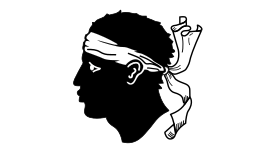
1756
- US (still under British crown up until 1776) town of Uxbridge, Massachusetts: One woman, Lydia Taft, is allowed to vote in the town meeting[12]
1776
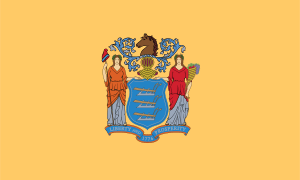
19th century

1850s
1853
- Vélez Province in what was then the New Granada Republic (Colombia) grants universal suffrage to men and women. The Supreme Court annulled the provision for women.[17]
1856
1860s
1861

1862


1863


1864
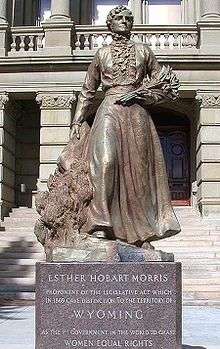
.svg.png)
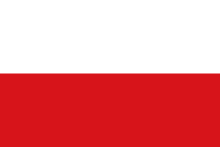
1869

- United States – incorporated Territory of Wyoming: full suffrage for women.[24]
1870s
1870
- United States – incorporated Utah Territory, which had previously granted women's suffrage: this was repealed as part of the Edmunds–Tucker Act in 1887.
- May 10, 1872, New York City: Equal Rights Party nominates Victoria C. Woodhull as their candidate for US President.
1880s
1881

1884
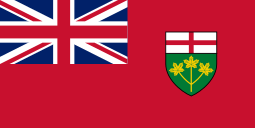
1888
- United States: Proposed Constitutional Amendment to extend suffrage and the right to hold office to women (limited to spinsters and widows who owned property).[27]
1889
- The municipality of
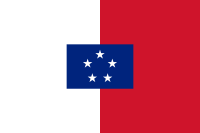
1890s
1893


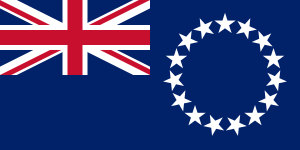
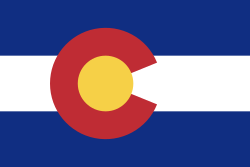
1894


1895

1896
1898

1899
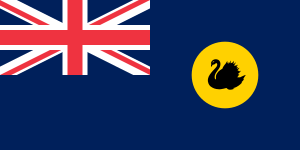
20th century
1900s
1901


1902
.svg.png)
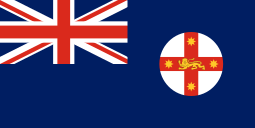
1903

1905

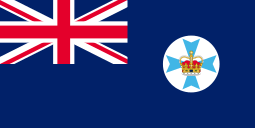
1906



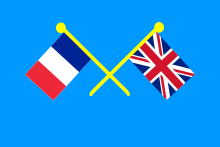
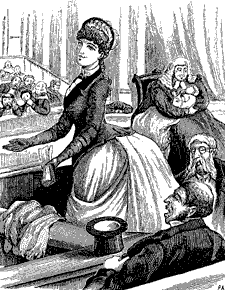
1908
1910s
1910
1911



1912
1913
1914
1915
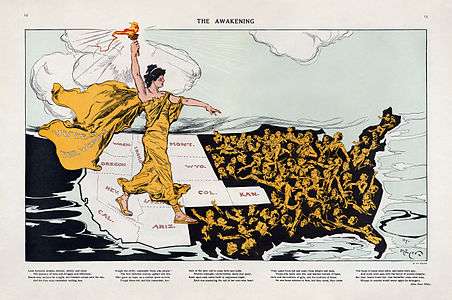
1916
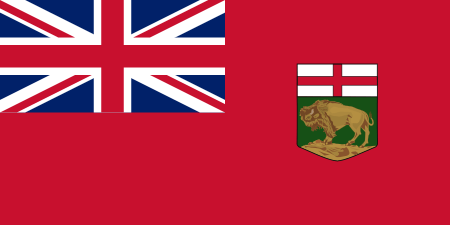
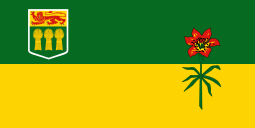
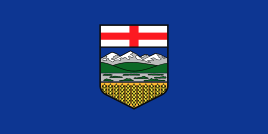
1917

.svg.png)



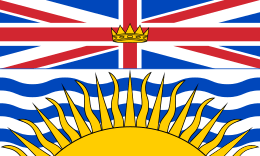

.svg.png)



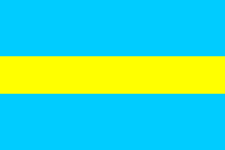
1918

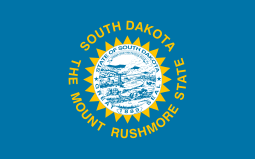
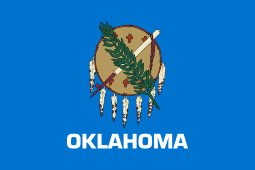


.svg.png)

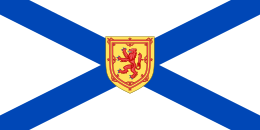
.svg.png)
.svg.png)

.svg.png)
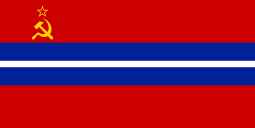


1919

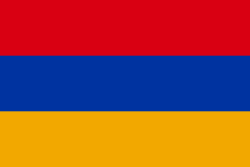
.svg.png)

.svg.png)

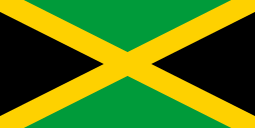




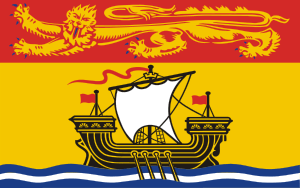
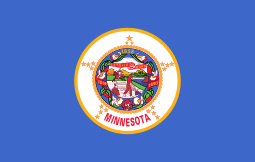
.svg.png)
- South West Caucasian Republic

1920s
1920
.svg.png)

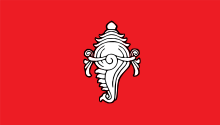


1921
.svg.png)


- Federal Republic of Central America (Costa Rica, El Salvador, Guatemala, and Honduras) established in the 9 September 1921 federal constitution that married or widowed literate women of 21 or more, or single literate women of 25 or more could vote or hold office as long as they met any property requirements.[50] When the Federation fell apart the following year, women lost the right to vote.[51][52]
1922


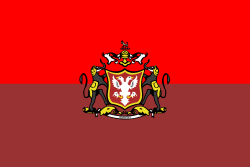
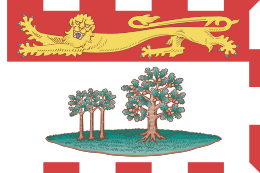

1923


1924


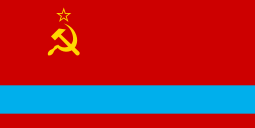



.svg.png)
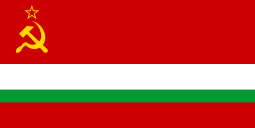
1925

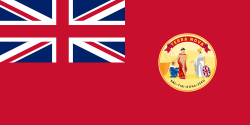

1926


1927

.svg.png)

1928

1929


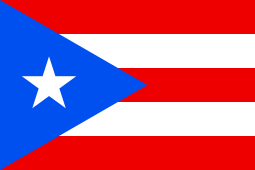

1930s
1930
.svg.png)

1931
.svg.png)


.svg.png)
1932
.jpg)
1934





1935



1937


.svg.png)
1938

.svg.png)

1939


.svg.png)
1940s
1940

.svg.png)
1941


1942
1944
1945







.svg.png)
1946










1947


.svg.png)





1948
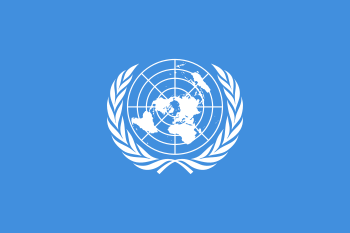
.svg.png)


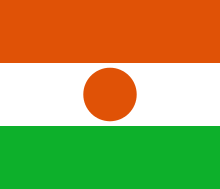

1949

.svg.png)

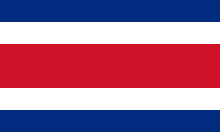

1950s
1950
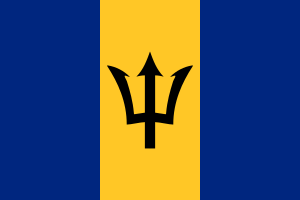

1951

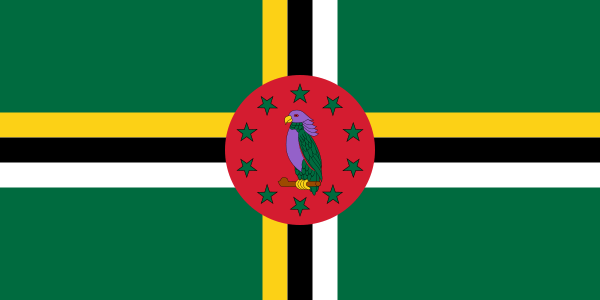
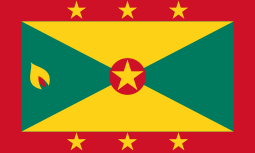

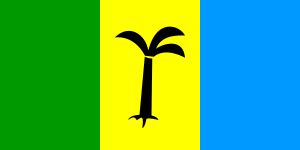


1952
1953
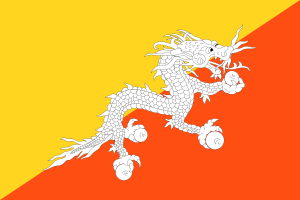
.svg.png)

1954
1955
1956
1957


.svg.png)

1958


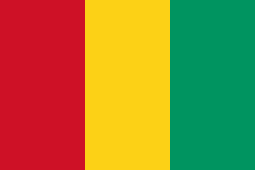


1959



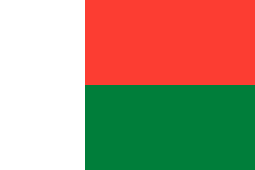
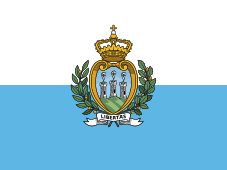
.svg.png)

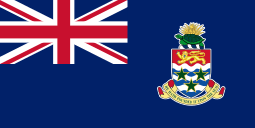
1960s
1960
1961
1962

.svg.png)
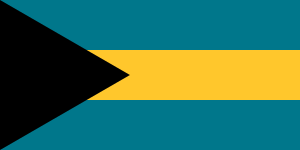



.svg.png)
1963
1964
1965
1966

1967


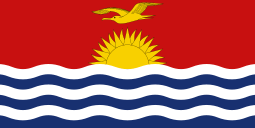
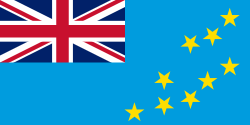
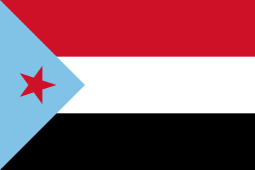
1968

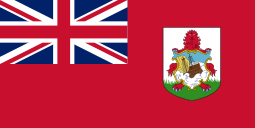
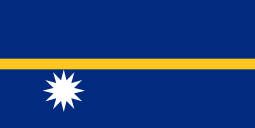

1970s
1970
1971

1972

1973
1974
1975
1976
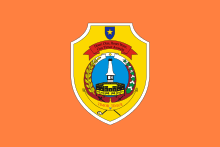

1977
1978
1990s
1991


1996
.svg.png)
1999
21st century
2000s
2001
.svg.png)
2003
2005
2006

2010s
2015
Note: in some countries both men and women have limited suffrage. For example, in Brunei, which is a sultanate, there are no national elections, and voting exists only on local issues.[91] In the United Arab Emirates the rulers of the seven emirates each select a proportion of voters for the Federal National Council (FNC) that together account for about 12% of Emirati citizens.[89]
See also
- Timeline of first women's suffrage in majority-Muslim countries
- Timeline of women's suffrage in the United States
- Timeline of women's legal rights (other than voting)
- List of the first female holders of political offices in Europe
- List of suffragists and suffragettes
- List of women's rights activists
- List of women pacifists and peace activists
- Women's suffrage organizations
References
- "Tynwald - Parliament of the Isle of Man - Home". www.tynwald.org.im. Retrieved 2019-06-28.
- "New Zealand women and the vote - Women and the vote | NZHistory, New Zealand history online". nzhistory.govt.nz. Retrieved 2019-11-25.
- Karlsson Sjögren, Åsa, Männen, kvinnorna och rösträtten: medborgarskap och representation 1723–1866 [Men, women and suffrage: citizenship and representation 1723–1866], Carlsson, Stockholm, 2006 (in Swedish)
- Brief history of the Finnish Parliament
- Centenary of women's full political rights in Finland
- "Bilanz der ständigen Wohnbevölkerung nach Kanton, 1991–2016" (XLS) (official site). Neuchâtel, Switzerland: Federal Statistical Office, FSO. 30 August 2017. Retrieved 2018-05-07.
- Smith, Bonnie G., ed. (2008). The Oxford Encyclopedia of Women in World History. Oxford University Press. pp. 171 vol 1. ISBN 9780195148909.
- "Women dominate new Swiss cabinet". BBC News.
- Gorney, Cynthia. "In a Historic Election, Saudi Women Cast First-Ever Ballots". National Geographic.
-
- Wierdsma Schik, P. (1857). "Akademisch proefschrift over de staatsregtelijke geschiedenis der Staten van Friesland van 1581 tot 1795". Google Books (in Dutch). W. Eekhoff. p. 18. Retrieved 11 June 2018.
- Lucien Felli, "La renaissance du Paolisme". M. Bartoli, Pasquale Paoli, père de la patrie corse, Albatros, 1974, p. 29. "Il est un point où le caractère précurseur des institutions paolines est particulièrement accusé, c'est celui du suffrage en ce qu'il était entendu de manière très large. Il prévoyait en effet le vote des femmes qui, à l'époque, ne votaient pas en France."
- Lydia Chapin Taft Biography Women's Suffrage by Frances Stanford | Humanities 360
- "Women and the vote: Page 5 – World suffrage timeline". Nzhistory.net.nz. New Zealand History. Retrieved 12 October 2015.
- Sai, David Keanu (12 March 1998). "Memorandum—Re: Suffrage of Female Subjects". HawaiianKingdom.org. Honolulu, Hawaii: Acting Council of Regency. Archived from the original on 21 October 2017. Retrieved 14 December 2019.
- Kauanui, J. Kēhaulani (2018). Paradoxes of Hawaiian Sovereignty: Land, Sex, and the Colonial Politics of State Nationalism. Durham, North Carolina: Duke University Press. p. 190. ISBN 978-0-822-37049-9.
- "La Toscana festeggia 70 anni di voto alle donne con Irma, 108 anni - Intoscana.it". www.intoscana.it (in Italian). Retrieved 2019-11-25.
- M C Mirrow, Latin American Constitutionalism: The Constitution of Cadiz and its legacy
- P. Orman Ray: Woman Suffrage in Foreign Countries. The American Political Science Review. Vol. 12, No. 3 (Aug. 1918), pp. 469–474
- "Women in Parliament – Parliament of Victoria". Parliament.vic.gov.au. Retrieved 2013-05-06.
- "Female Suffrage before 1918", The History of the Parliamentary Franchise, House of Commons Library, 1 March 2013, pp. 37–9, retrieved 16 March 2016,
by 1900 the number of women registered for the local government franchise in England was over 1 million
- Heater, Derek (2006). Citizenship in Britain: A History. Edinburgh University Press. p. 136. ISBN 9780748626724.
- "Women's rights". The National Archives. Retrieved 11 February 2015.
- "Which Act Gave Women the Right to Vote in Britain?". Synonym. Retrieved 11 February 2015.
- Rea, Tom. "Right Choice, Wrong Reasons: Wyoming women win the right to vote". wyohistory.org. Retrieved 26 August 2015.
- Myers, Rebecca (28 May 2013). "General History of Women's Suffrage in Britain". The Independent. Retrieved 26 August 2015.
- "Canada-WomensVote-WomenSuffrage". Faculty.marianopolis.edu. 1916-01-27. Retrieved 2013-05-06.
- United States House of Representatives (1888-04-30). "House Joint Resolution (H.J. Res.) 159, Proposing an Amendment to the Constitution to Extend the Right to Vote to Widows and Spinsters who are Property Holders". National Archives Catalog. National Archives and Records Administration. Retrieved 29 July 2016.
- "Wee, Small Republics: A Few Examples of Popular Government," Hawaiian Gazette, Nov 1, 1895, p 1
- Women's Suffrage
- "World suffrage timeline - Women and the vote | NZHistory, New Zealand history online". nzhistory.govt.nz. Retrieved 2019-11-25.
- Chapin, Laura (21 August 2010). "Colorado Led the Way on Women's Suffrage". usnews.com. Retrieved 26 August 2015.
- Fenna, Alan; Robbins, Jane; Summers, John (5 September 2013). Government Politics in Australia. Pearson Higher Education AU. pp. 312–. ISBN 978-1-4860-0138-5.
- Bebel, August (12 November 2014). Woman and Socialism (English ed.). Socialist Literature Company. pp. 196–. GGKEY:PAF3FSJXP21.
- Maule, Frances; Porritt, Annie Gertrude Webb (1917). Woman Suffrage: History, Arguments, and Results : a Collection of Six Popular Booklets Covering Practically the Entire Field of Suffrage Claims and Evidence : Designed Especially for the Convenience of Suffrage Speakers and Writers and for the Use of Debaters and Libraries. National Woman Suffrage Publishing Company.
- "Constitution of the State of Utah (Article IV Section 1)". 1896-01-04.
- Documenting a Democracy, Museum of Australian Democracy, retrieved 13 October 2011
- Bourdiol, Julien (1908), Condition internationale des Nouvelles-Hebrides, p 106
- Pipes, Richard (1997). The Formation of the Soviet Union: Communism and Nationalism, 1917–1923. Harvard University Press. p. 81. ISBN 9780674309517.
- Tadeusz Swietochowski. Russian Azerbaijan, 1905–1920: The Shaping of a National Identity in a Muslim Community. Cambridge University Press, 2004. ISBN 0-521-52245-5, 978-0-521-52245-8, p. 144
- Sulkunen, Irma; Nevala-Nurmi, Seija-L eena; Markkola, Pirjo, eds. (2009). Suffrage, Gender and Citizenship: international perspectives on parliamentary reforms. Newcastle upon Tyne, England: Cambridge Scholars. pp. 242–243. ISBN 978-1-4438-0162-1.
- See article 4 of the 1918 constitution of the R.S.F.S.R..
- Badalyan, Lena (5 December 2018). "Women's Suffrage: The Armenian Formula". Chai Khana. Retrieved 30 November 2018.
- Harutyunyan, Anahit (8 March 2018). Առաջին խորհրդարանի (1919-1920) երեք կին պատգամավորները. aniarc.am (in Armenian). Yerevan, Armenia: Armenian Research Center for Anteriology. Archived from the original on 4 May 2018. Retrieved 11 January 2019.
Three female deputies of the first parliament (1919-1920)
- "History this week:Constitutional Developments in British Guiana and Jamaica between 1890 and 1945 (Part 3)". Stabroek News. Georgetown, Guyana. 13 May 2010. Archived from the original on 6 November 2018. Retrieved 16 February 2019.
- "Continuation of the Session of the Honourable Legislative Council". The Gleaner. Kingston, Jamaica. 17 May 1919. p. 6. Retrieved 16 February 2019 – via Newspaperarchive.com.

- Bennett, Stanley Reed, ed. (1922). "The Woman Suffrage Movement". The Indian Year Book. London: Coleman & Co., Ltd. pp. 533–536. OCLC 4347383.
- Lewis, Jone Johnson. "International Woman Suffrage Timeline". About.com. Retrieved 2 November 2013.
- Deivanai, P. (May 2003). Feminist Struggle for Universal Suffrage in India with Special Reference to Tamilnadu 1917 to 1952 (PhD). Coimbatore, Tamil Nadu: Bharathiar University. pp. 128–131. hdl:10603/101938.
- Odeyar, S. B. (1989). The Role of Marathi Women in the Struggle for India's Freedom (PhD). Kolhapur, Maharashtra: Shivaji University. pp. 186–187. hdl:10603/140691.
- Perry, Edward (February 1922). "Central American Union". The Hispanic American Historical Review. Durham, North Carolina: Duke University Press. 5 (1): 39–42. doi:10.2307/2505979. ISSN 0018-2168. JSTOR 2505979.
- Cañas Dinarte, Carlos (7 March 2018). "La manifestación de mujeres del 25 de diciembre de 1922" [The Demonstration of Women on December 25, 1922]. issuu.com (in Spanish). El Salvador. p. 1. Retrieved 14 January 2020.
- Leonard, Thomas (2012). "Central American Conference, Washington, 1923". In Leonard, Thomas; Buchenau, Jurgen; Longley, Kyle; Mount, Graeme (eds.). Encyclopedia of U.S. - Latin American Relations. 1: A-E. Los Angeles, California: SAGE Publications. pp. 156–157. ISBN 978-1-60871-792-7.
- "Women Suffrage in Burma". The Woman's Leader. London: Common Cause Publishing Co., Ltd. XIV (20): 153. 16 June 1922. OCLC 5796207. Retrieved 26 November 2019 – via LSE Digital library.
- Bennett, Stanley Reed, ed. (1924). "The Woman Suffrage Movement". The Indian Year Book. London: Coleman & Co., Ltd. pp. 409–411. OCLC 4347383.
- "Popular Government in Rajkot: Universal Franchise". International Woman Suffrage News. London: International Woman Suffrage Alliance. 17 (9): 156. July 1923. OCLC 41224540. Retrieved 26 November 2019 – via LSE Digital library.
- Bennett, Stanley Reed; Low, Francis, eds. (1936). "The Woman Suffrage Movement". The Indian Year Book. London: Coleman & Co., Ltd. pp. 620–622. OCLC 4347383.
- Pearson, Gail (2006). "9. Tradition, Law and the Female Suffrage Movement in India". In Edwards, Louise; Roces, Mina (eds.). Women's Suffrage in Asia: Gender, Nationalism and Democracy. London, England: Routledge. p. 430. ISBN 978-1-134-32035-6.
- Popescu, Camelia. "Lupta pentru dreptul de vot feminin în România interbelică". Historia.ro. Adevărul Holding. Retrieved 4 January 2014.
- "This Day in World History: February 6, 1935 – Turkey Holds First Election That Allows Women to Vote". OUP Blog.
- "This Day in World History: February 6, 1935 – Turkey Holds First Election That Allows Women to Vote". OUP Blog.
- "Local Government (Extension of Franchise) Act, 1935, Section 2". Irish Statute Book. Retrieved 4 November 2017.; O'Kelly, Seán T. (1 June 1933). "Dáil Éireann debate - Thursday, 1 Jun 1933: Cement (No. 2) Bill, 1933—Money Resolution. - Local Government (Extension of Franchise) Bill, 1933.—Second Stage". Dáil Éireann Debates. Vol.47 No.18 p.21 cc.2301–2303. Retrieved 4 November 2017.
The qualifications are to be found in the Representation of the People Act, 1918, and except for an alteration in the qualifying date there has been no change in the law in respect of this franchise.... The Bill extends local government franchise to every person who is a citizen of Saorstát Eireann who has attained the age of 21 years and is not subject to legal incapacity
- Fraser, Hugh (1918). "Franchises (women)". The Representation of the people act, 1918 : with explanatory notes. London: Sweet and Maxwell. pp. 73–76.
- Rodriguez Ruiz, Blanca; Rubio-Marín, Ruth (2012). The Struggle for Female Suffrage in Europe: Voting to Become Citizens. Leiden, The Netherlands: Brill Publishers. p. 329. ISBN 978-90-04-22425-4.
- Extended franchise in Samoa Pacific Islands Monthly, November 1938, p52
- "Situacion de la Mujer rural en El Salvador" (PDF). Retrieved 2019-11-25.
- "Summary: Rights to Vote in Romania". Retrieved 6 October 2014.
- "CONSTITUŢIA: României din 1938". Retrieved 6 October 2014.
- S. Low (1955) Guide to Southern Africa, p53
- "The Evolution of Bermuda's Franchise". Parliamentary Registry Bermuda.
- Daskalova, Krassimira (2004). "The Women's Movement in Bulgaria in a Life Story". Women's History Review. Milton Park, England: Taylor and Francis. 13 (1): 94. doi:10.1080/09612020400200384. ISSN 0961-2025.
- "Publications | International IDEA" (PDF). www.idea.int. Retrieved 2019-06-28.
- (in Italian) Extension to the women of the right to vote Archived 2008-05-26 at the Wayback Machine
- "Women's Suffrage". Ipu.org. 1997-05-23. Retrieved 2013-05-06.
- Gregory Hammond, The Women's Suffrage Movement and Feminism in Argentina From Roca to Peron (U of New Mexico Press; 2011)
- "The Universal Declaration of Human Rights". www.un.org. Retrieved 2019-06-28.
- http://www.everyculture.com/Ma-Ni/Netherlands-Antilles.html
- http://www.banrepcultural.org/blaavirtual/linea-de-tiempo/voto-mujer-frente-nacional
- "El Voto Feminino en Ecuador, published 6 April 1991, accessed 1 November 2010". Hoy.com.ec. 2011-10-14. Retrieved 2013-05-06.
- "Women's Suffrage". archive.ipu.org. Retrieved 2019-06-28.
- Darwish, Adel (October 25, 2002). "Bahrain's women vote for first time". The Daily Telegraph. London. Retrieved May 25, 2010.
- "Publications | International IDEA" (PDF). www.idea.int. Retrieved 2019-06-28.
- "BBC - Radio 4 Woman's Hour - Timeline:When women got the vote". www.bbc.co.uk. Retrieved 2019-06-28.
- African Women and Children. Apollo Rwormie. 2001. ISBN 9780275962180.
- "Woman Suffrage Timeline International – Winning the Vote Around the World". Womenshistory.about.com. 1908-04-25. Retrieved 2013-05-06.
- United Nations High Commissioner for Refugees. "Women's Rights in the Middle East and North Africa - Qatar". Refworld. Retrieved 2019-06-28.
- "Qatar". freedomhouse.org. 2013-02-26. Retrieved 2019-06-28.
- "Kuwait grants women right to vote". CNN. May 16, 2005. Retrieved 13 April 2014.
- "Full Text of Iraqi Constitution". Washington Post. October 12, 2005. Retrieved 17 November 2016.
- "Middle East :: United Arab Emirates — The World Factbook - Central Intelligence Agency". www.cia.gov. Retrieved 2019-06-28.
- "Women in Saudi Arabia 'to vote and run in elections'". BBC News. London. September 25, 2011. Retrieved September 25, 2011.
- "East Asia/Southeast Asia :: Brunei — The World Factbook - Central Intelligence Agency". www.cia.gov. Retrieved 2019-06-28.
- https://web.archive.org/web/20070610120752/http://www.hist.uu.se/historikermote05/program/Politik/52_Karlsson_Sjogren.pdf
- www.iraqinationality.gov.iq/attach/iraqi_constitution.pdf
External links
| Wikimedia Commons has media related to Suffragettes. |
- Google Spreadsheet with map—above timeline data has been tabulated and can be viewed on a world map for any given year.

